
Polar tourism is booming again shortly after the pandemic. This can be seen by looking at the increasing number of providers of expedition tours to the Arctic and Antarctic. This picture is especially evident in Svalbard, where pre-pandemic numbers were almost reached again last summer. But discussions have been underway there for some time about how to protect the archipelago’s Arctic nature from the boom. Now the Norwegian Environment Agency has submitted a series of proposals to the responsible Ministry of Climate and Environment that could mean a tightening of existing measures and dark times for tourism in the land of the aurora borealis.
Only 43 controlled landing sites in all areas of the national parks on the Svalbard archipelago for ships with a maximum of 200 passengers on board, no more active searches for polar bears and a minimum distance of 500 meters if a polar bear is encountered, no more trips into fast ice in the fjords, a minimum distance of 150 meters from ships to walrus moorings and a ban on snowmobiles from March 1 in selected fjords to protect Arctic wildlife. These are among the measures that have been delivered by the environmental authority Miljødirektoratet to the address of the Ministry of Climate and Environment in Oslo. The agency wrote in a press release last week. It is now in the hands of the responsible ministry to evaluate these proposals and implement them into appropriate regulations.

The reason for the new proposals is that the number of ships has increased massively on Svalbard in recent years (apart from the pandemic years). This boom has been the focus of attention for several years and the government in Oslo wants to put a stop to this development. The Ministry of Climate and Environment sees it as its duty to protect Svalbard’s nature by limiting the impact of traffic on Svalbard. “In the face of rapid climate change and the growth of tourism and other traffic, current environmental regulations are not sufficient to protect Svalbard’s endangered nature and cultural heritage,” explains Ellen Hambro, the director in charge. Therefore, the agency was given the task of developing proposals that would ensure the protection of the environment on the Norwegian-administered archipelago. For this purpose, the Authority had initiated a consultation process and asked the stakeholders concerned for their opinions and proposals. This resulted in several hundred pages, from which the authority then compiled a total of seven proposals for changes for the government. “Our assessment after the consultation is that there is no alternative that reduces the traffic load to the same extent without also regulating the number of ships or people that are allowed to sail in an area,” Ellen Hambro says of the results of the process, which are summarized in a report to the ministry.

The first impression of the recommendations for regulations by the Norwegian Environment Agency is that these may, if passed, have dramatic consequences for the tourism industry and to the vulnerable nature, we all wish to protect.
Anders la Cour Vahl, Deputy Director AECO
While environmentalists and conservationists are likely to be pleased with the tightening of existing measures, tourism representatives are highly critical of the proposals. Anders La Cour Vahl, Deputy Director of AECO, whose goal is environmentally sound, sustainable tourism in the Arctic, tells us when asked: “The first impression of the recommendations for regulations by the Norwegian Environment Agency is that these may, if passed, have dramatic consequences for the tourism industry and to the vulnerable nature, we all wish to protect. There seems to be a lack of proper assessment of the consequences of the proposals and a dismissal of the enormous efforts that has gone into developing the responsible and professional part of tourism, that we have in Svalbard today..”
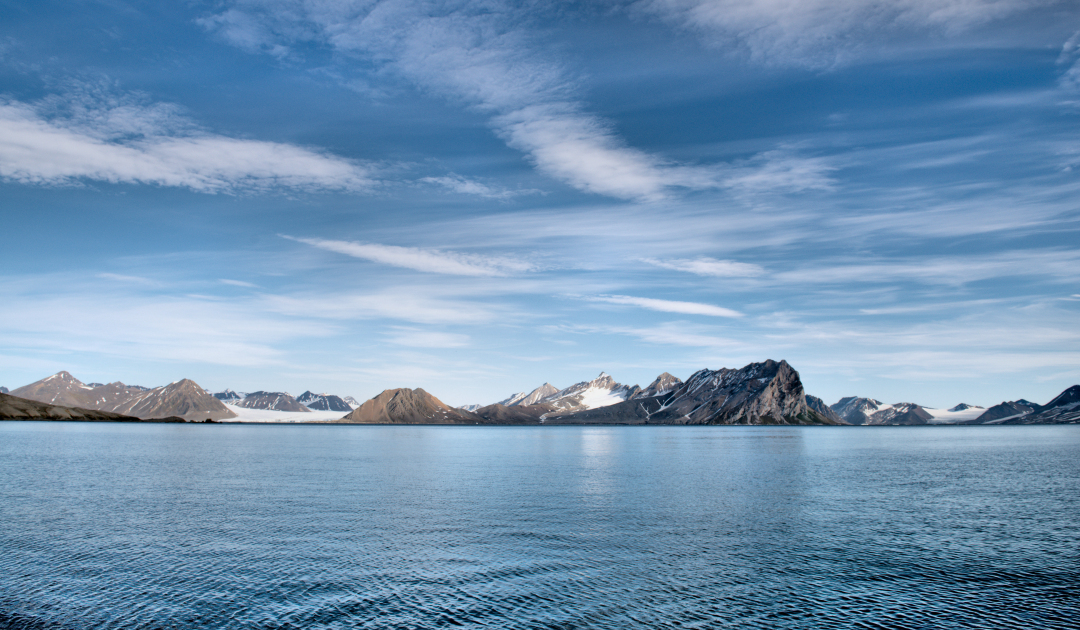
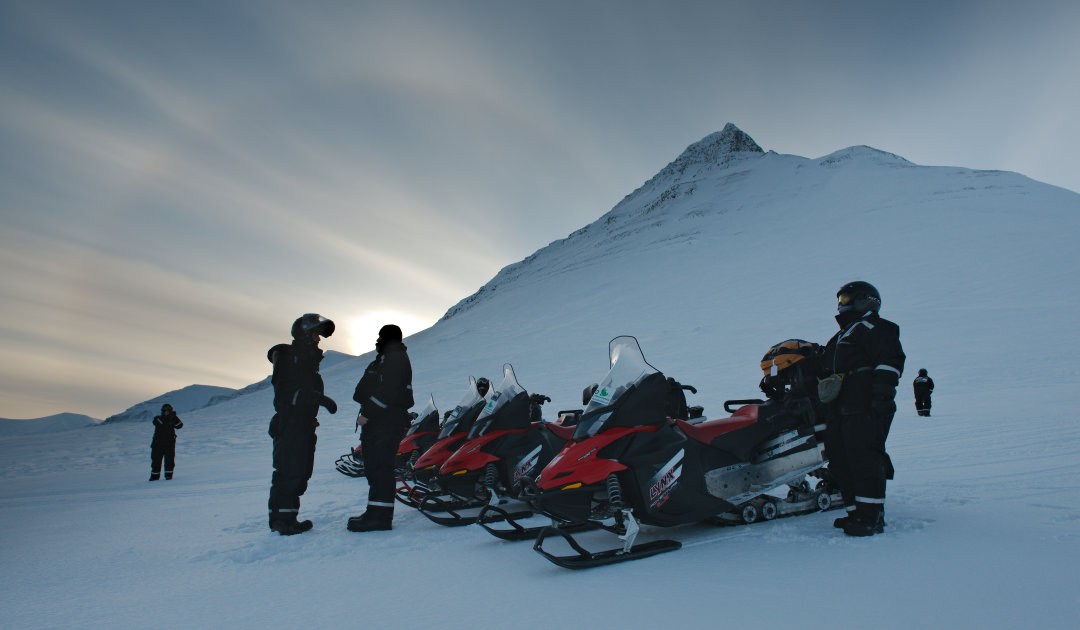

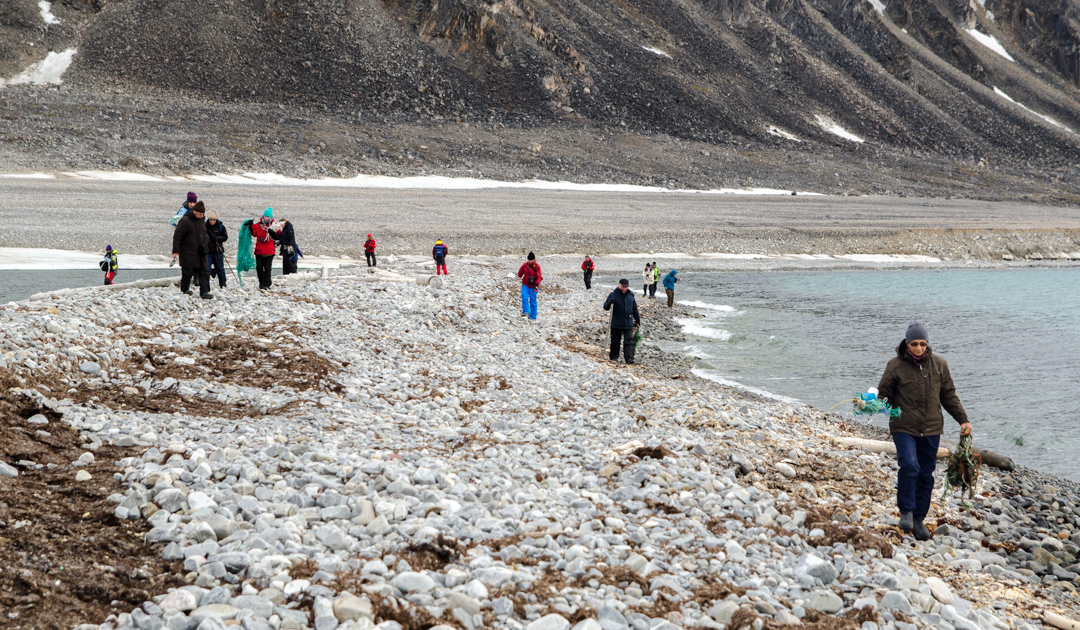
One of the main criticisms of the industry representatives is that the authority had not taken into account, or at least hardly taken into account, the numerous proposals from the tourism side and had not included them in the catalog of measures. “During the consultation process, AECO and many other operators, have submitted responses, which seems to have been disregarded in the final submission of the recommendation,” Anders La Cour Vahl continues. “This leaves the impression, that the conclusions had already been taken without listening to the input from the industry.” Other providers and representatives also share this opinion, according to posts on social media. But the Environment Agency disagrees, citing the nature of the submissions. Several parties to the consultation have suggested using guidelines for traffic or strengthening control and enforcement of existing regulations, the agency writes. But that won’t reduce the spread of the area affected by traffic and won’t be enough for large areas that are little affected by human activity, it says.
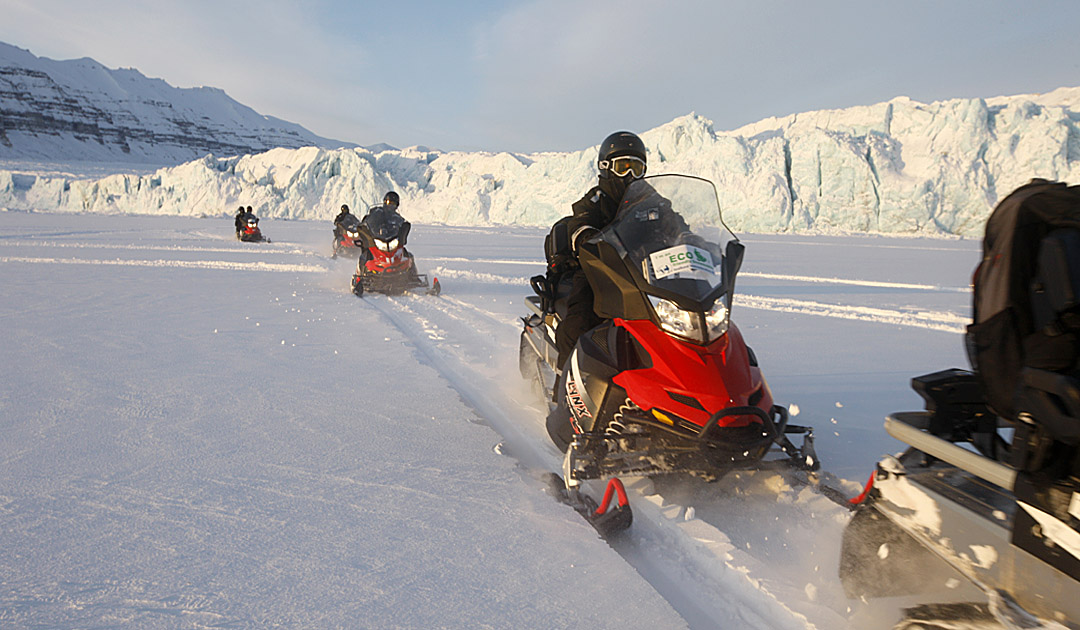
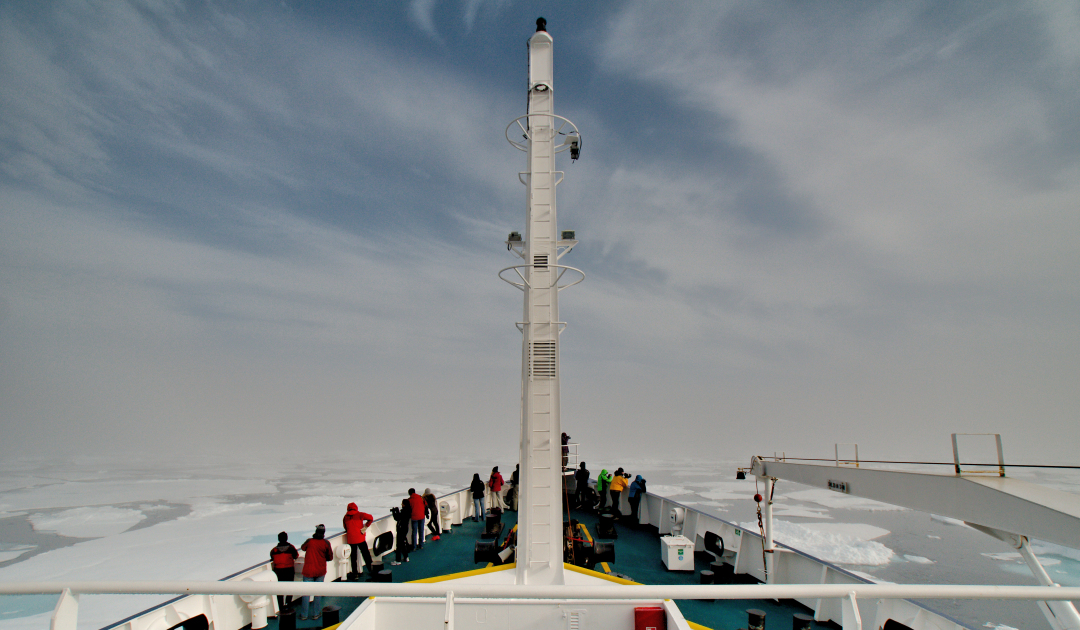
However, the tourism industry is not entirely innocent of the possible tightening. Time and again in the past, there have been violations of applicable nature and environmental protection regulations by operators, especially last year, according to Svalbard’s administration. Among the most serious was the unauthorized entry into a bird sanctuary to view a polar bear and her cubs at close range. Observers of the scenes had stated at the time that the boats had also been too close to the bears in the process. Admittedly, those responsible were fined. But such incidents are grist to the mill of the authorities, who have declared that they want to prevent such disturbances and rule violations in the future with the new measures.
At least one proposal that resulted from the consultation process could still be pursued, according to the agency: a licensing procedure in which only providers with valid licenses are allowed to offer tourist activities. But nothing more can be learned at this stage. When asked by some representatives of tourist activities on Svalbard, they say that it is now necessary to wait and see what the Norwegian government does with the proposals of the environmental authority. This is likely to take some time and not affect operations this year, AECO says when asked.
But this now also marks the beginning of a period of uncertainty and insecurity for tourism businesses, especially those in the shipping sector, which, according to the authority, is the main target of the measures. Where the journey will end up is difficult to say. Some local representatives in Longyearbyen and experts from the travel industry believe that the end result could be a scheme similar to the Galapagos Islands with guided tours at designated and appropriately prepared sites with a strict visitor regime in terms of the number of guests landed and their length of stay. But whether that would actually be the goal, or another mutually acceptable solution can be found, is still up in the stars, or better, in the aurora borealis over Svalbard.
Dr Michael Wenger, PolarJournal
Link to the website of the Norwegian Environmental Protection Agency and their proposals (as pdf, in Norwegian).
More on the topic





